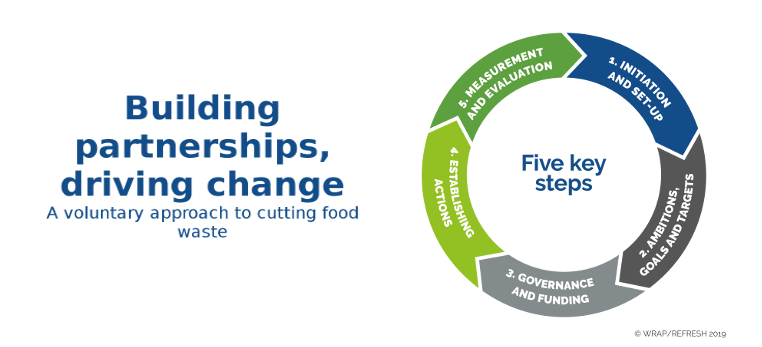Innovation is fundamental for preventing or reducing business food waste. REFRESH identifies the drivers of technological (process or product) and organizational innovation and their impact on waste. Economic gains (competitiveness and productivity) and territorial specificities are the main drivers of adoption.
Socio-Economic Implications of Food Waste: Economics of Innovation
Uploaded by: Jennifer Wilson
Uploaded on: 4th July 2017
Author(s): Lusine Aramyan, Natalia Valeeva
- Share
Overview
The analysis was carried out using a four step approach that included: 1) A literature review to identify different types of technological and organizational innovation and the economic factors affecting the decision to adopt them; 2) An inventory of food waste reduction possibilities along the supply chain through innovation; 3) A mapping of the results of steps 1 and 2, in order to identify the links between factors of adoption and food waste reduction possibilities; 4) An analysis of the economic implications in terms of food waste reduction of innovation deployment and diffusion.
Based on literature, four types of innovation were identified: technological (process and product), organizational, marketing, and non-technological (e.g. social).
Although innovations can play a crucial role in preventing and reducing food waste, they still have to be economically feasible in order to be adopted by food businesses. The literature review showed that the ultimate reasons for adopting innovation are economical, and can be classified as follows: (1) improving firm performance, (2) improving productivity; (3) improving international competitiveness. Costs, and the risks associated with them, seem to be the most important determinants of technological as well as organisational innovation. All factors which do not relate to the standard economic theory of selfish, profit-maximizing businesses are not considered in this report (Please see REFRESH D4.1b “Socio-economic implications of food waste: Business behavioural typologies and interrelationships” for non standard economic theory). Moreover, the literature review pointed out that product and process innovations do not have a positive effect without organisational innovation, and that productivity gains result from combining both technological and non-technological innovation.
Territorial specificity was identified as another important determinant of technological and organisational innovation. Cultural differences increase the difficulty of implementing new management practices, especially if the distance is large. Also, due to different enabling environments, technological innovation may be quickly adopted and spread in a location, while in other places its adoption and diffusion may be restricted. Generally, innovations do not follow the same diffusion process everywhere, leading to different local outcomes.
Altogether, the adoption and diffusion of technological as well as organizational innovations to prevent and reduce food waste is a multidimensional process, which results in the presence of both early adopters and laggards.
Start sharing your knowledge!
Upload your own resource and share your ideas with the rest of the community.
Sign In | Share





0 Comments